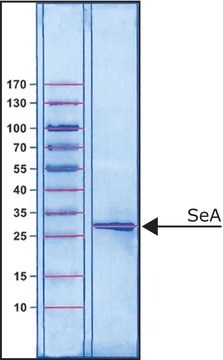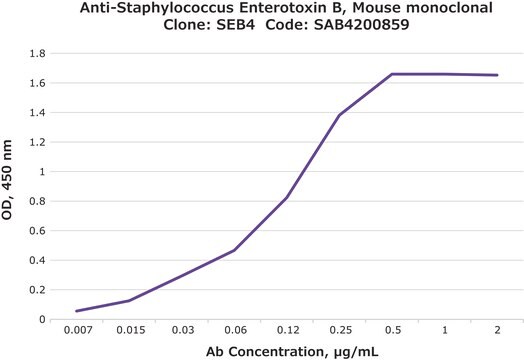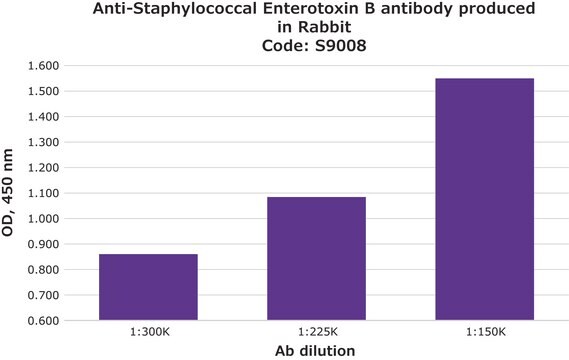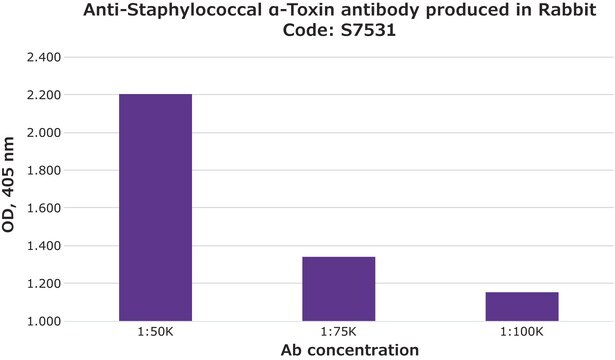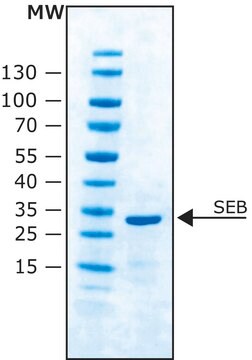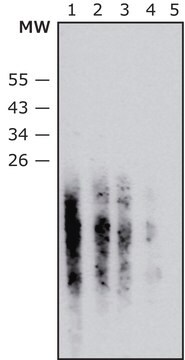Kluczowe dokumenty
S7656
Anti-Staphylococcal Enterotoxin A antibody produced in rabbit
whole antiserum
Synonim(y):
Anti-Ent A
About This Item
Polecane produkty
pochodzenie biologiczne
rabbit
Poziom jakości
białko sprzężone
unconjugated
forma przeciwciała
whole antiserum
rodzaj przeciwciała
primary antibodies
klon
polyclonal
zawiera
15 mM sodium azide
reaktywność gatunkowa
Staphylococcus aureus
metody
dot blot: 1:20,000 using using purified Staphyloccal Enterotoxin A immobilized on nitrocellulose membranes (protein concentation: 50 ng/dot).
indirect ELISA: 1:20,000 using using Staphylococcal enterotoxin A
Warunki transportu
dry ice
temp. przechowywania
−20°C
docelowa modyfikacja potranslacyjna
unmodified
Powiązane kategorie
Opis ogólny
Immunogen
Zastosowanie
Działania biochem./fizjol.
Oświadczenie o zrzeczeniu się odpowiedzialności
Nie możesz znaleźć właściwego produktu?
Wypróbuj nasz Narzędzie selektora produktów.
Kod klasy składowania
10 - Combustible liquids
Klasa zagrożenia wodnego (WGK)
WGK 1
Wybierz jedną z najnowszych wersji:
Masz już ten produkt?
Dokumenty związane z niedawno zakupionymi produktami zostały zamieszczone w Bibliotece dokumentów.
Klienci oglądali również te produkty
Nasz zespół naukowców ma doświadczenie we wszystkich obszarach badań, w tym w naukach przyrodniczych, materiałoznawstwie, syntezie chemicznej, chromatografii, analityce i wielu innych dziedzinach.
Skontaktuj się z zespołem ds. pomocy technicznej